Looking to get fit without a gym? This beginner’s guide shows you how to start functional fitness at home with simple moves, tips, and a plan that fits your routine.
Your simple guide to getting strong, mobile, and pain-free—right from your living room!
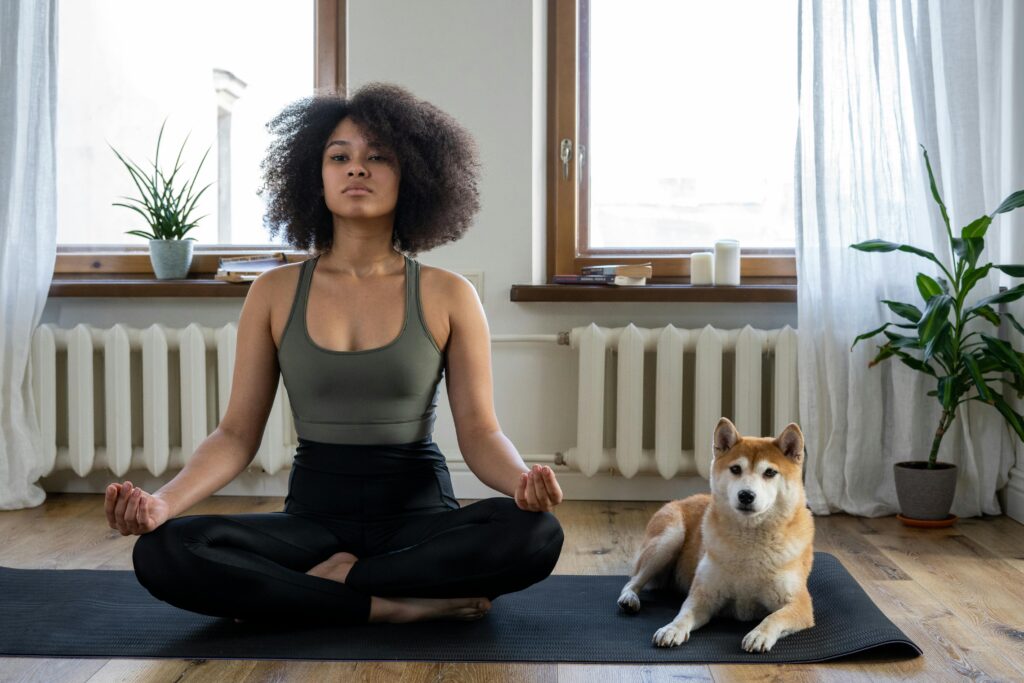
H2: What Is Functional Fitness?
Functional fitness is a type of exercise that trains your body to move better in daily life. It’s not about big muscles or fancy machines. It helps you bend, twist, lift, and walk with ease. I started functional fitness to stop feeling stiff and tired all the time. These exercises work many muscles at once, just like real life. That’s why I love it. It’s practical, fun, and anyone can do it—even at home with no equipment.
“Train for life, not just the mirror.”
— A popular saying in the functional fitness world
H2: Key Benefits of Functional Fitness
H3: Moves That Match Real Life
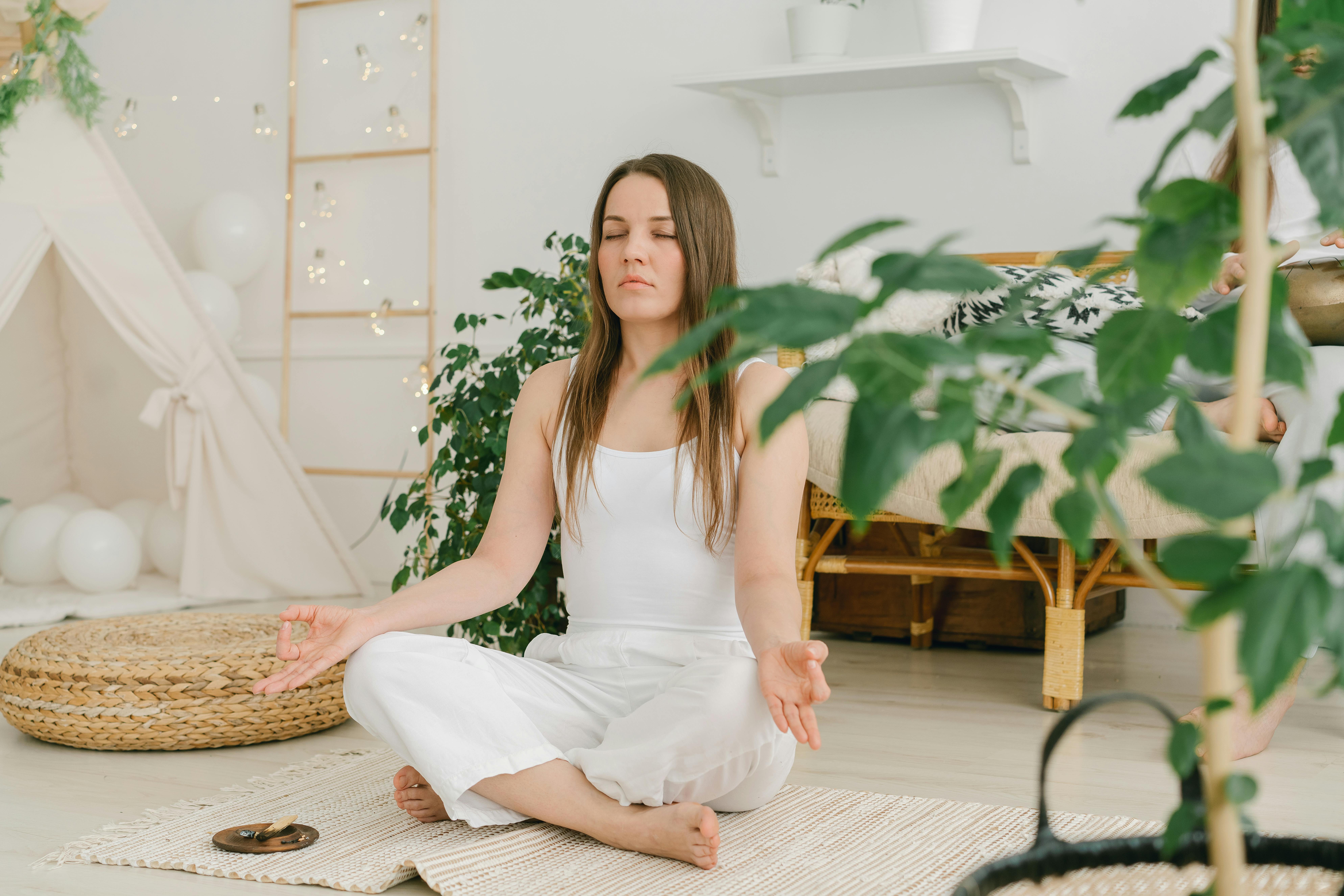
One reason I enjoy functional fitness is because it mimics everyday tasks. Picking up groceries? That’s a squat. Reaching for a shelf? That’s a stretch and lift. These moves help you become stronger in real life. Instead of just building big arms or abs, you’re working on movements that matter. I noticed daily things—like climbing stairs or carrying bags—became easier after just a few weeks.
H3: Less Pain, More Energy
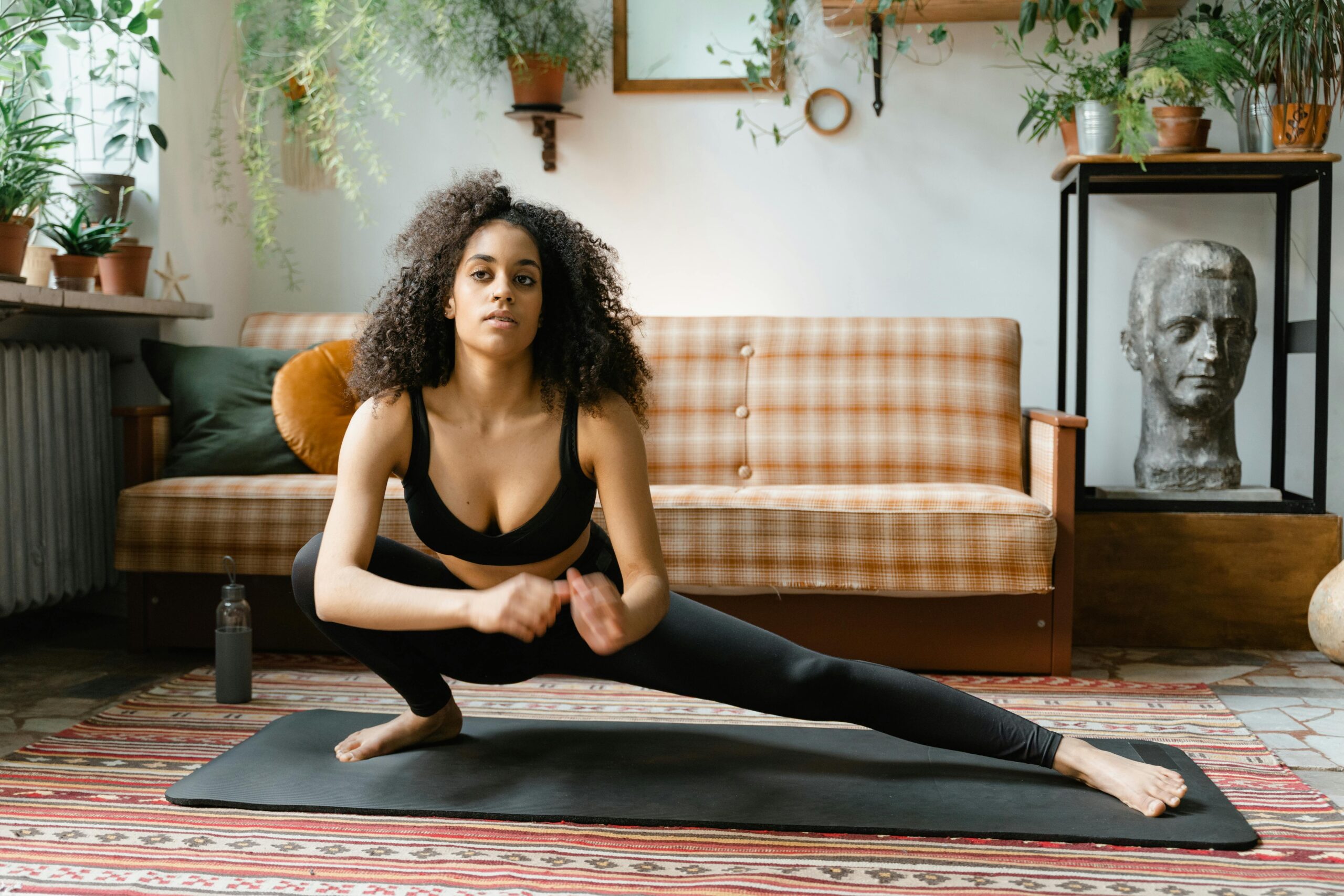
Before I started, I used to wake up with lower back pain. After adding simple routines like hip bridges and bodyweight squats, the pain faded. Functional fitness focuses on mobility, stability, and balance. You train muscles and joints to work together. This means fewer injuries and more energy throughout the day. Even if you’re not sporty, these movements feel natural and help you move better.
H3: No Equipment Needed
You don’t need fancy tools to get started. I used a yoga mat, a water bottle as a weight, and a chair for support. That’s all. Bodyweight moves are enough for beginners. Once you get the hang of it, you can add dumbbells or resistance bands. The best part? You can do it in your bedroom, living room, or even your backyard.
H2: Getting Started—What You Need First
H3: A Safe Space to Move
I cleared a small area in my room—about 6×6 feet. That’s all it took. Make sure the floor is not slippery. A yoga mat or rug works great. Keep water nearby and wear comfy clothes. I also play upbeat music to stay motivated. Trust me, having a cozy setup makes a big difference in sticking to your plan.
H3: A Simple Plan to Follow
Start with 3 sessions per week. Each one can be just 20–30 minutes long. I follow a simple format:
- Warm-up (5 mins): light marching, shoulder rolls
- Main workout (20 mins): squats, lunges, push-ups
- Cool down (5 mins): light stretching
Consistency is more important than going hard. Your body will get stronger little by little.
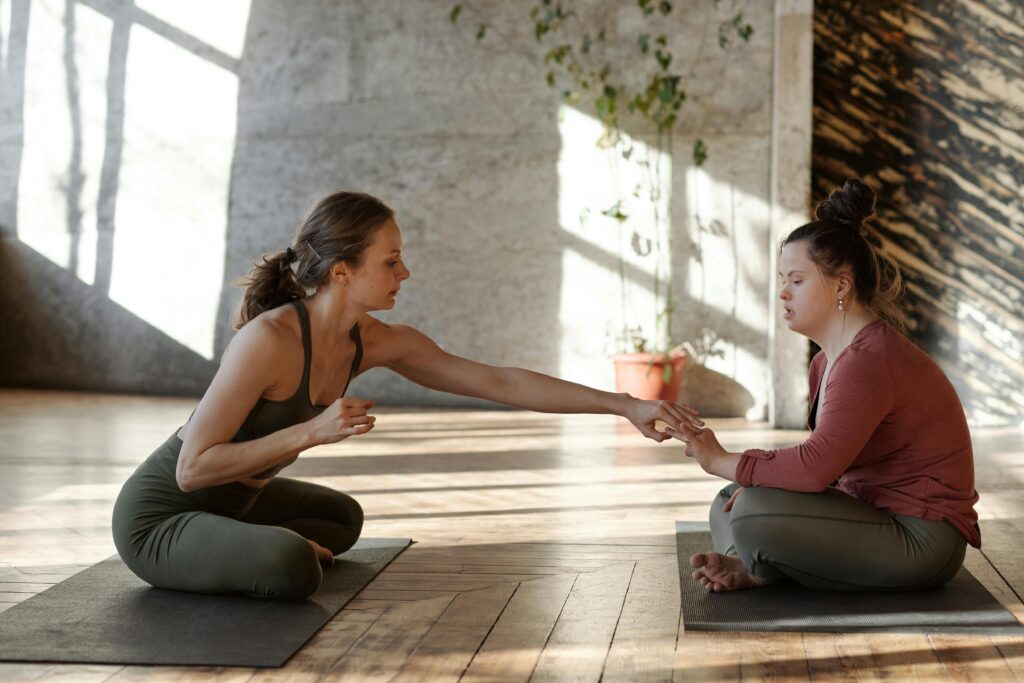
Table: Sample 7-Day Beginner Functional Fitness Plan
| Day | Workout Focus | Time | Type |
|---|---|---|---|
| Monday | Full-body beginner moves | 20 mins | Bodyweight exercises |
| Tuesday | Light walk & stretch | 15 mins | Recovery |
| Wednesday | Lower body focus | 25 mins | Squats, lunges |
| Thursday | Rest | — | Recovery |
| Friday | Core + balance | 20 mins | Planks, glute bridges |
| Saturday | Full-body circuit | 30 mins | Repeats & sets |
| Sunday | Gentle yoga | 15 mins | Mobility & calm |
H2: My Favorite Beginner Functional Fitness Exercises
Here’s a short list of beginner-friendly moves that worked great for me:
H3: Top 7 Beginner Moves
- Bodyweight Squats—Great for legs and hips
- Wall Push-Ups—Easy on the arms and shoulders
- Hip Bridges – Strengthens lower back and glutes
- Bird Dogs—Improves balance and coordination
- Lunges (with chair support)—Builds leg strength
- Arm Circles—Good for warming up shoulders
- Side Steps with Bands – Activates hip muscles
“Start where you are. Use what you have. Do what you can.”
— Arthur Ashe
H2: Mistakes I Made—and How You Can Avoid Them
H3: Doing Too Much, Too Soon
I thought I needed to sweat like crazy to see results. Wrong! Going too hard made me sore and tired. Now, I know it’s better to go slow and steady. Functional fitness is about consistency, not intensity. If you’re sore the next day, that’s okay—but listen to your body and rest when needed.
H3: Ignoring the Warm-Up
Once I skipped warm-ups and pulled a muscle. Ouch. Never again. A proper warm-up helps your joints and muscles get ready. Just five minutes of light movement prevents stiffness and injuries. I now treat warm-ups as seriously as the main workout.
H3: Forgetting to Breathe
Sounds silly, right? But I held my breath during exercises without noticing. This made me dizzy. Now, I remind myself: inhale when relaxing, exhale when pushing. Proper breathing keeps your energy up and your brain focused.
H2: Tracking Progress Without a Scale
Fitness isn’t just about weight loss. Here are ways I track my success:
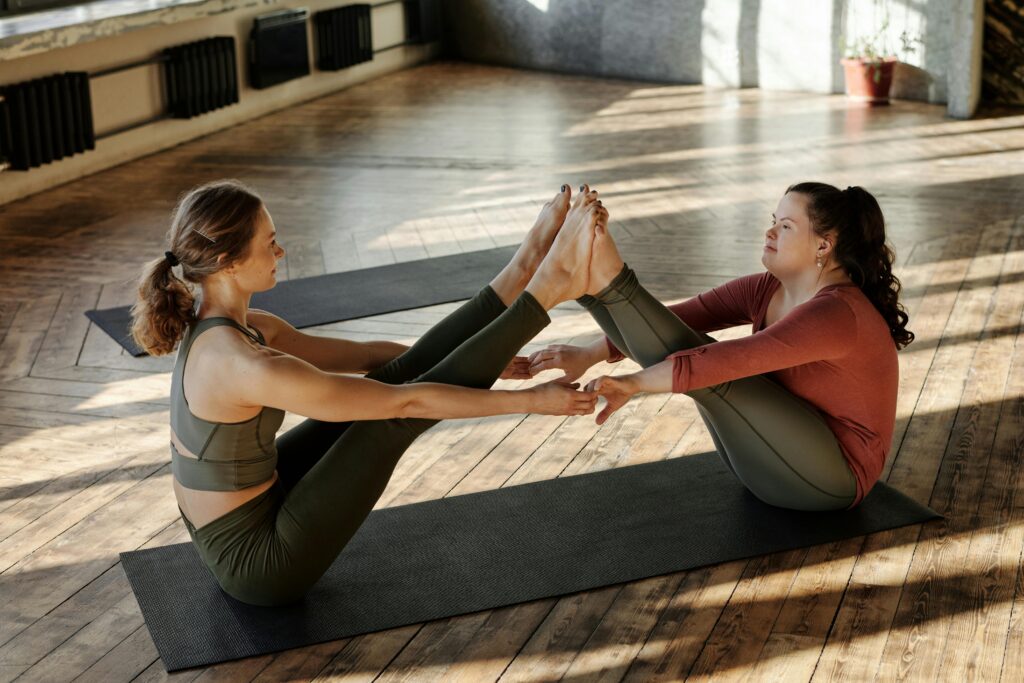
H3: My Progress Tracking Tips
- Notebook journal—I write down how many reps I did
- Clothes fit better—looser jeans = success
- Less pain in daily life—like walking without soreness
- Better posture—I stand taller now
- Mood boost—I smile more, sleep better, and stress less
Even small wins are worth celebrating. Progress is progress.
H2: Add Variety to Stay Motivated
Boredom is the enemy. Here’s how I keep things fresh:
- Try new routines every 2 weeks
- Follow fitness YouTubers or apps
- Do workouts with family or friends
- Add dance or music to spice it up
- Set small goals (e.g., 10 squats this week, 20 next week)
When workouts are fun, I stick to them longer.
H2: What You Can Add Later
Once you feel confident with basic moves, you can spice things up.
H3: Equipment to Consider Later
| Item | Why It’s Useful |
|---|---|
| Resistance bands | Add challenge to bodyweight moves |
| Dumbbells (light) | Build arm and back strength |
| Foam roller | Helps with recovery and soreness |
| Step platform | Great for cardio and legs |
| Kettlebell (optional) | For swinging and lifting moves |
H2: Final Words from My Fitness Journey
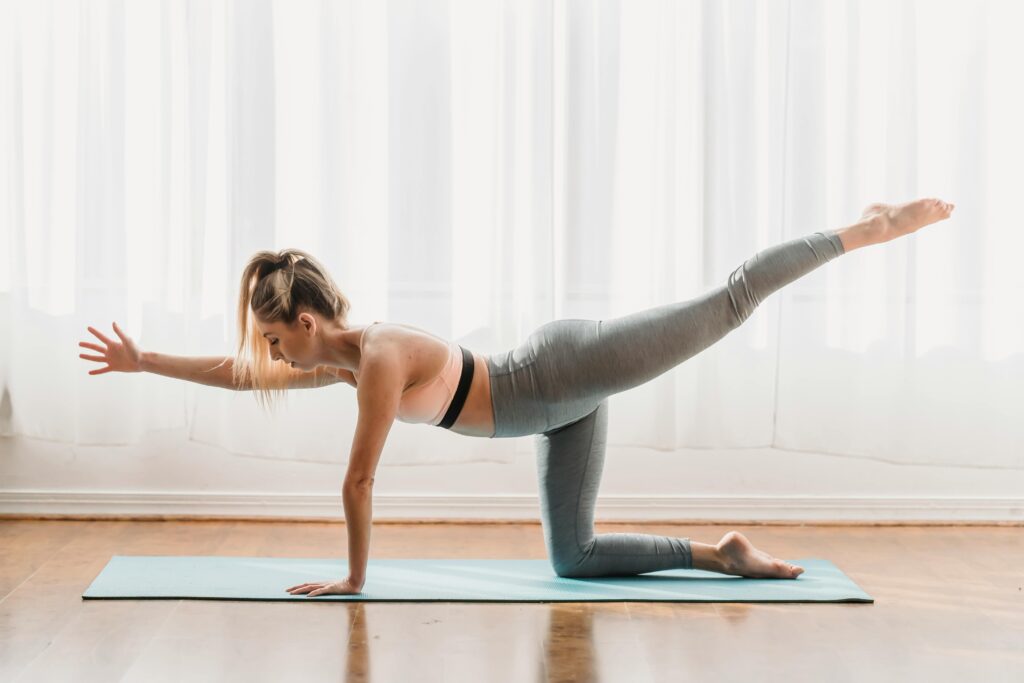
I used to think fitness was hard, boring, and only for athletes. But functional fitness at home changed that. It fits my life, not the other way around. I move better, feel better, and am more confident. You don’t need a gym, coach, or even an expensive plan. You just need a start. I started with one squat and one step. Now I’m building a body that supports the life I love.
Conclusion
Starting functional fitness at home is easier than you think. You only need a little space, basic moves, and the will to try. It’s not about being perfect. It’s about being better than yesterday. With simple routines, no equipment, and real-life strength, you’ll feel the change in your daily life. Trust yourself, move with purpose, and let your journey begin—right from home.
